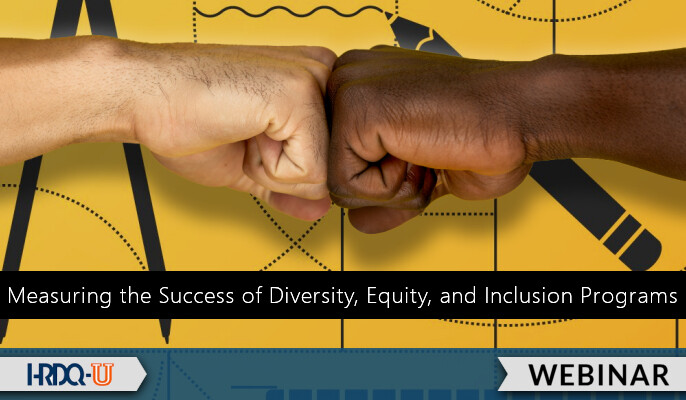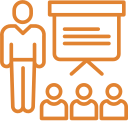Types of Measures
In general, three categories capture the essence of DE&I measurement:
- Compliance Measures: These ensure organizations are achieving their goals. They indicate the proportion of people represented by various groups in different job roles.
- Preventive Measures: These are those actions we want to prevent if a DE&I problem persists. Investments in DE&I should preclude consequences such as complaints, charges, lawsuits, low job satisfaction, absenteeism, departures, etc.
- Value-Added Measures: These include a more productive team, better quality of service, improved revenue, increased customer satisfaction, and more innovation. These are measures that top executives appreciate and understand.
Follow the Chain of Value
It is crucial to understand how to achieve a successful DE&I program. If a lack of diversity, equity, and inclusion is a barrier to success, then implementing a new or changed process will enable success. More importantly, you can identify the amount of improvement in the measures caused by the DE&I program. When DE&I programs are implemented, success occurs at these levels:
Level 0 – Input: This measures the people and jobs in specific roles, noting that equitable practices are in place. This is the input necessary to have an impact.
Level 1 – Reaction: This level measures the reaction to the DE&I program and asks a few key questions: Does the team see value in DE&I? Do they see that DE&I is important to the organization? Is DE&I important to the team? Is it important to them personally? Is this something they will support and recommend to others? When the team sees value for DE&I, good things begin to happen.
Level 2 – Learning: The team must understand the situation, recognize what got them there, realize what is possible, know the rules, and perceive what is expected. They must know the DE&I policy and learn how to make it work. They must know how to address sensitive issues, address inequities, and tackle problems that surface. Participants must know this information to make DE&I successful. This level measures the learning to make sure the team knows what to do to make DE&I successful.
Level 3 – Application and Implementation: This level measures the application of what was learned, making sure that participants are following the process, making sure that equitable practices are in place, ensuring that the system is working correctly, and the team is engaged and connected. This is the action needed for success.
Level 4 – Impact: Impact is the consequence of application and includes productivity, quality, timeliness, and innovation. This also includes preventive measures such as complaints, retention, compliance, absenteeism, and brand. These measures attract executive attention. It is what they want to see. Yes, it is good to know that you’ve avoided lawsuits, but it is better to know that not only did that happen, but you have more innovation and more productivity – that is when executives get excited.
Level 5 – ROI: Still, some would ask, was it worth the journey? And this question leads us to Level 5, ROI. Do the monetary benefits from the DE&I process outweigh the cost? It should if it is appropriately designed. Did you gain enough productivity, quality, innovation, or improvement in other selected measures so that when the improvement data is converted to monetary values and compared to the efforts’ cost, is the ROI positive? If you can show a positive ROI, executives will usually increase support of DE&I, not only because it is the right thing to do, but also the appropriate business decision because it helps the business. When you have a positive ROI, it says not only was the program a good thing to do, but it improved the organization.
Progress is Possible
It is essential to reflect on how your organization will measure the success of your DE&I program. How will you know if the program is working? Are you connecting to the right measures? Are you isolating the effects of the DE&I program from other influences and converting the data to money? Do you compare the benefits to costs by calculating the ROI? These questions are often answered “no,” but they can all be answered “yes.” You can show the actual value of a DE&I program using the ROI Methodology®, a comprehensive measurement and evaluation process. Many organizations successfully do this now.
















